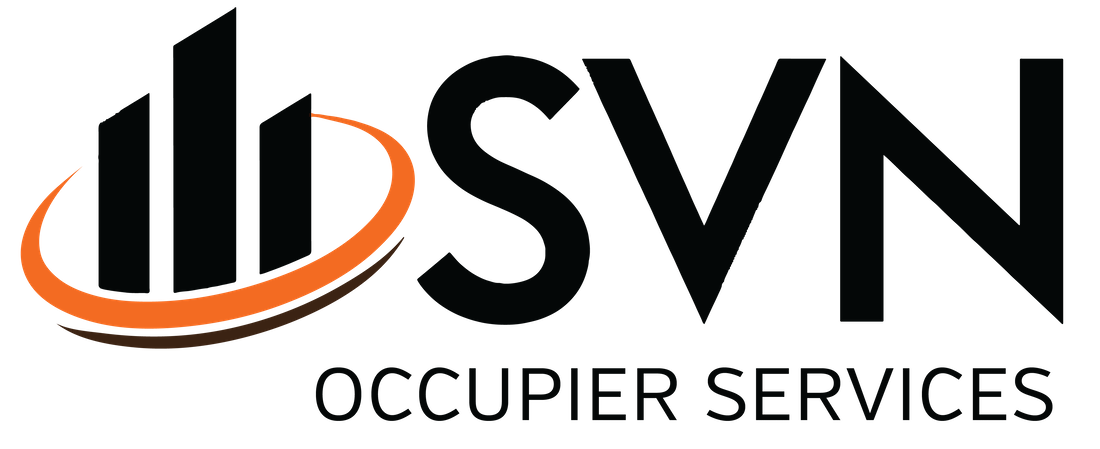How We Achieved 20% Cost Savings on Office Space Using Hybrid Work Optimization in Just 6 Months

The corporate office landscape is shifting. With remote work becoming the norm and employees expecting more flexibility, businesses are rethinking their office space needs. But cutting costs on office space while maintaining productivity, culture, and collaboration isn’t easy.
If you're a CEO, CFO, or Head of Real Estate, you might be wondering: How can I optimize office space without disrupting operations? That was exactly the challenge I faced. Within just six months, I helped achieve a 20% reduction in office costs—without sacrificing efficiency or employee engagement.
This post will walk you through the step-by-step hybrid work optimization strategy that made it possible, including:
- Conducting a space utilization audit
- Implementing flexible work policies
- Renegotiating lease agreements and subleasing unused space
- Leveraging technology for a seamless hybrid work environment
Understanding the Shift in Office Space Utilization
The Problem: Underutilized Office Space
Before the pandemic, many businesses operated on a one-person, one-desk model. Every employee had a dedicated workspace, even if they only used it a few days per week. Fast forward to today, and hybrid work has fundamentally changed office needs.
According to a recent CBRE Workplace Survey, nearly 60% of employees now prefer a hybrid work schedule, and businesses are realizing that maintaining large, underused office spaces no longer makes financial sense.
For my organization, this shift meant that a significant portion of our leased office space sat empty on most days. We needed to rightsize our real estate footprint to reflect actual usage while ensuring that employees could still collaborate effectively.
Step 1: Conducting a Space Utilization Audit
Why a Space Utilization Audit Matters
Before making changes, we needed to understand how our office space was being used. Data-driven decisions are critical when optimizing corporate real estate spend.
How we did it:
- Installed occupancy sensors to track desk and meeting room usage.
- Analyzed badge-in data to determine daily attendance trends.
- Surveyed employees to understand their workspace needs and preferences.
Key Findings from the Audit
- Office occupancy was averaging only 40%.
- Certain workspaces were never used, while others were always booked.
- Employees wanted a balance between remote work and in-person collaboration.
Step 2: Implementing a Flexible Hybrid Work Policy
Creating a Hybrid Work Framework
The audit results made it clear: We didn’t need as much space as before. But to optimize real estate, we needed a structured hybrid work policy—not just an informal “work-from-home” option.
Key elements of our hybrid work policy:
- Team-Based In-Office Schedules: Instead of a free-for-all, we designated in-office collaboration days for specific teams.
- Hot-Desking & Shared Workspaces: We replaced assigned desks with flexible seating.
- Tech Investments: Implemented smart booking systems for desks and meeting rooms.
Overcoming Employee Resistance
One of the biggest challenges in shifting to hybrid work is employee resistance. Many employees were concerned about losing their personal workspaces or feeling disconnected from the team.
To address this:
- We communicated the benefits of the new model (e.g., greater flexibility, improved work-life balance).
- We provided dedicated collaboration spaces so teams could still meet in person when needed.
- We offered stipends for employees to upgrade their home office setups.
Step 3: Renegotiating Lease Agreements and Subleasing Unused Space
How We Reduced Real Estate Costs
Armed with data on actual space usage, we approached our landlords with the goal of reducing our leased footprint.
Strategies we used:
- Lease Restructuring: If a lease renewal was coming up, we renegotiated for a smaller footprint at a lower rate.
- Subleasing Underutilized Space: If we were locked into a long-term lease, we subleased unused sections of the office to other businesses.
- Exploring Flexible Workspace Options: Instead of leasing additional office space, we partnered with coworking providers for on-demand meeting rooms and collaboration spaces.
Financial Impact
These changes led to a 20% reduction in real estate costs within six months, translating to hundreds of thousands of dollars in annual savings.
Step 4: Leveraging Technology for Seamless Hybrid Work
The Role of Smart Office Technology
A well-optimized office isn't just about cutting costs—it’s about ensuring seamless collaboration between in-office and remote employees.
We implemented:
- Desk & Meeting Room Booking Systems: Employees could easily reserve workspaces as needed.
- Virtual Collaboration Tools: Enhanced our use of Zoom, Microsoft Teams, and digital whiteboarding solutions.
- Real-Time Occupancy Monitoring: Enabled us to further refine space usage based on evolving work patterns.
Results: The Business Impact of Hybrid Work Optimization
What We Achieved
- 20% reduction in office space costs in just six months.
- Higher employee satisfaction—staff appreciated the flexibility and improved work-life balance.
- Improved workspace efficiency, with optimized meeting rooms and collaboration zones.
- Lower carbon footprint, as fewer employees commuting reduced environmental impact.
Conclusion: Why Every Business Should Rethink Office Space Strategy
If your office is underutilized, you’re likely wasting money on real estate. Hybrid work optimization isn’t just about reducing office space—it’s about aligning your real estate strategy with the future of work.
Ready to Optimize Your Office Space?
If you're a CEO, CFO, or Head of Real Estate, consider: ✅ Conducting a space utilization audit. ✅ Implementing a structured hybrid work policy. ✅ Renegotiating your lease or subleasing unused space. ✅ Leveraging smart office technology for efficiency.
What’s your biggest challenge in optimizing office space? Drop your thoughts in the comments below!
For more insights on optimizing corporate real estate for productivity and profitability, follow me!





